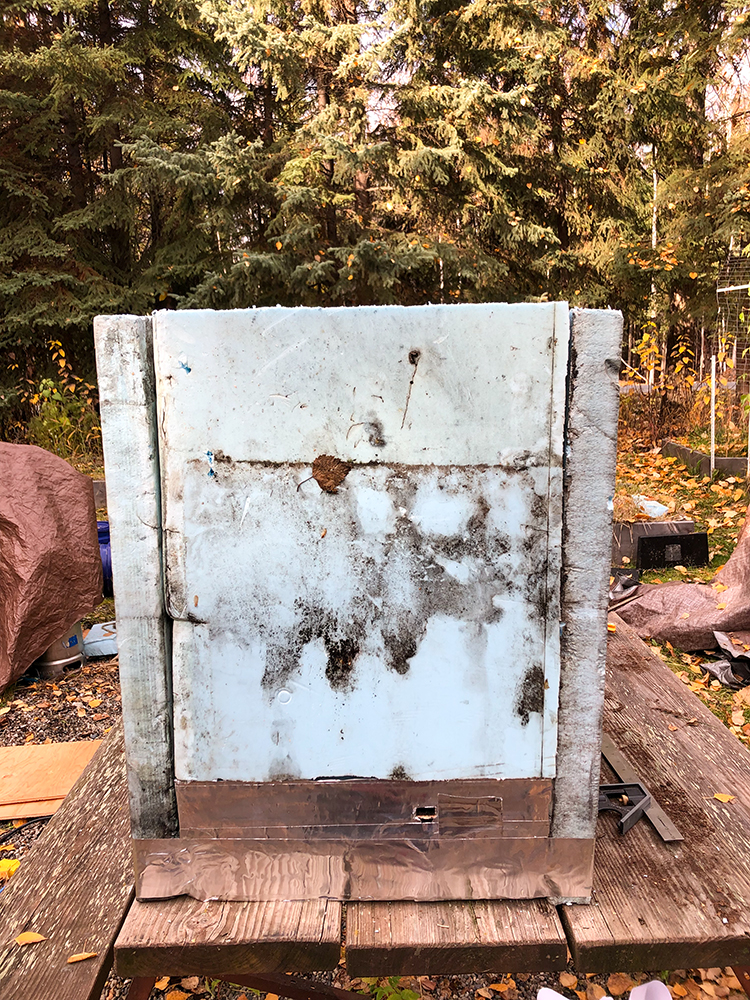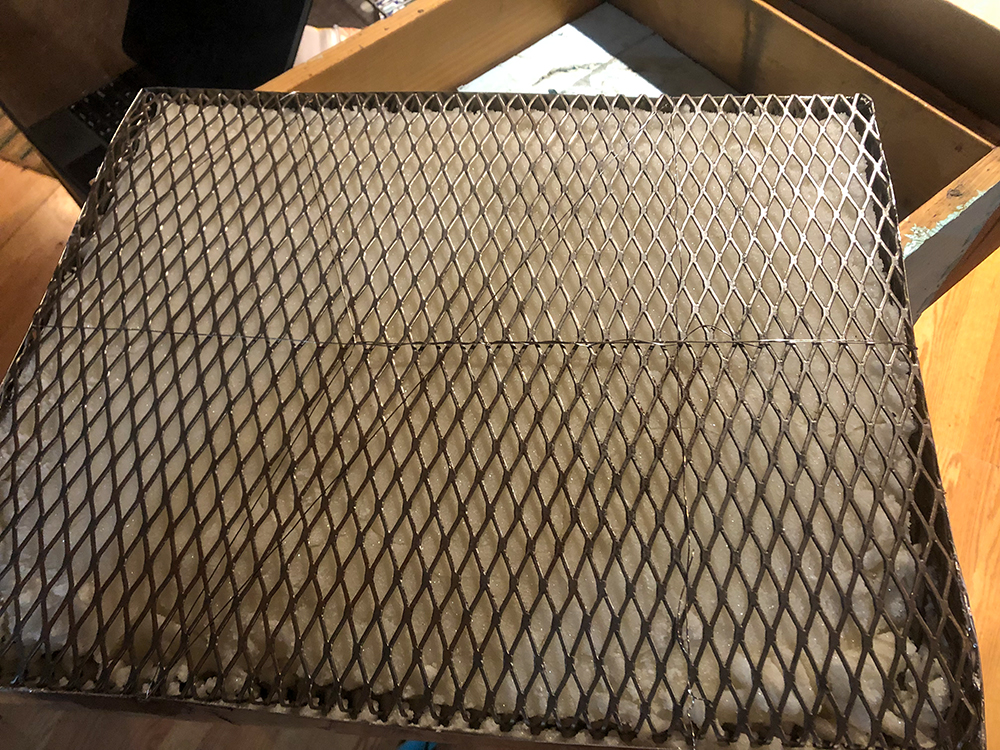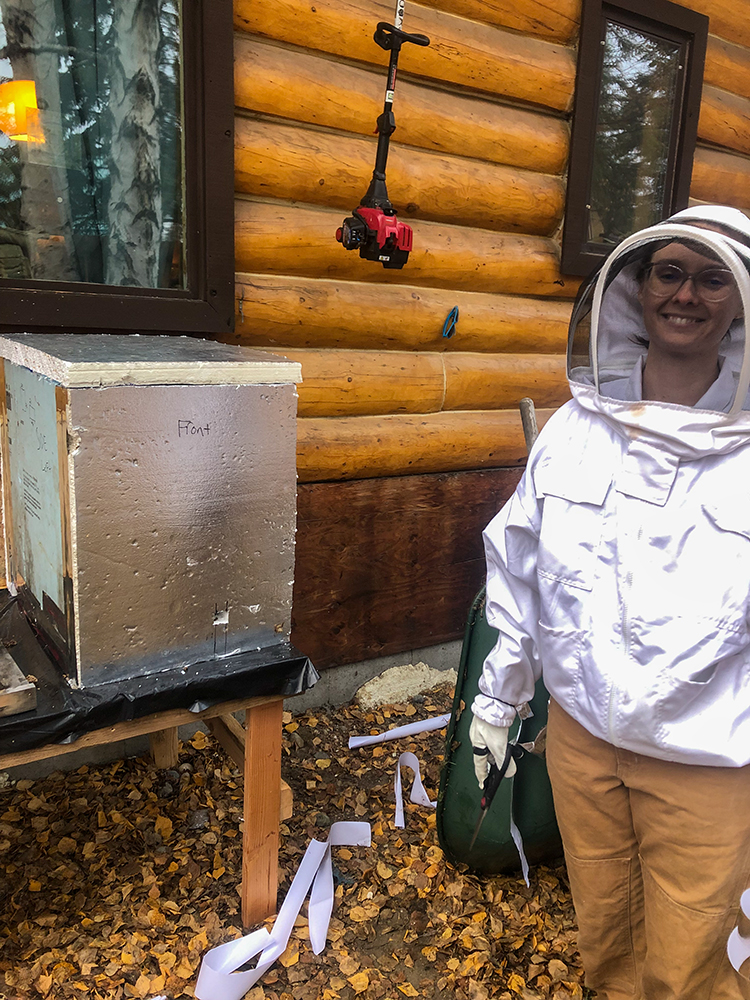Overwintering Bees in Alaska 2022
This is our third year attempting to overwinter bees in Fairbanks, Alaska.
Our first year keeping bees the hive was not very healthy at the end of the season, so it fit in an insulated nuc box that we put in our crawl space. The hive was alive through at least January, at which point I believe they ran out of food.
Last year, we attempted to keep the bees outside by insulating their boxes and placing a heating element between the lid and the top insulation, to keep condensation from accumulating. Unfortunately, last year we had a big snow/rain storm around Christmas and a power outage for a few days. When we opened up the box in the spring, the bees were dead and it appeared that the heating element had shorted out and melted and burned some of the insulation.
Last winter I took a class from Happy Creek Farm in Fairbanks about overwintering bees, and learned some tried and true methods that we are looking forward to implementing.
This year, using what we’ve learned, we are trying the following:
- Improved insulation. The box has 2” insulation all around, and an upper box filled with a sugar cake at the bottom followed by several pieces of 2” insulation. To seal up any air gaps, we’ve used aluminum tape.
- Better sugar cake. The recipe we used in the past was a little runny (and therefore hard when dry). The one we are trying this year seems better.
- Tucked under eave of the house. We can’t let too much snow accumulate around the entrance, and it needs to be accessible in the spring when there’s still snow on the ground.
- Healthier hive. The first year’s hive was not very healthy because of an early freezing rain and negative temperatures. This year the hive seems to be doing well.
- Slatted bottom board. As bees die naturally, they accumulate at the bottom. In the summer, bees clean this up, but in the winter they are too busy keeping warm, and the accumulated dead bees at the bottom might block the entrance (and therefore the air). With a slatted bottom board, the bees can fall to the bottom and the entrance remains open.
Below are photos of the process of putting it all together. We hope it turns out well for the bees! Always a learning process. If this doesn’t work out, next year we plan to build a bee barn that will be heated, but we’ll still need to trouble shoot during times of power outages.




















